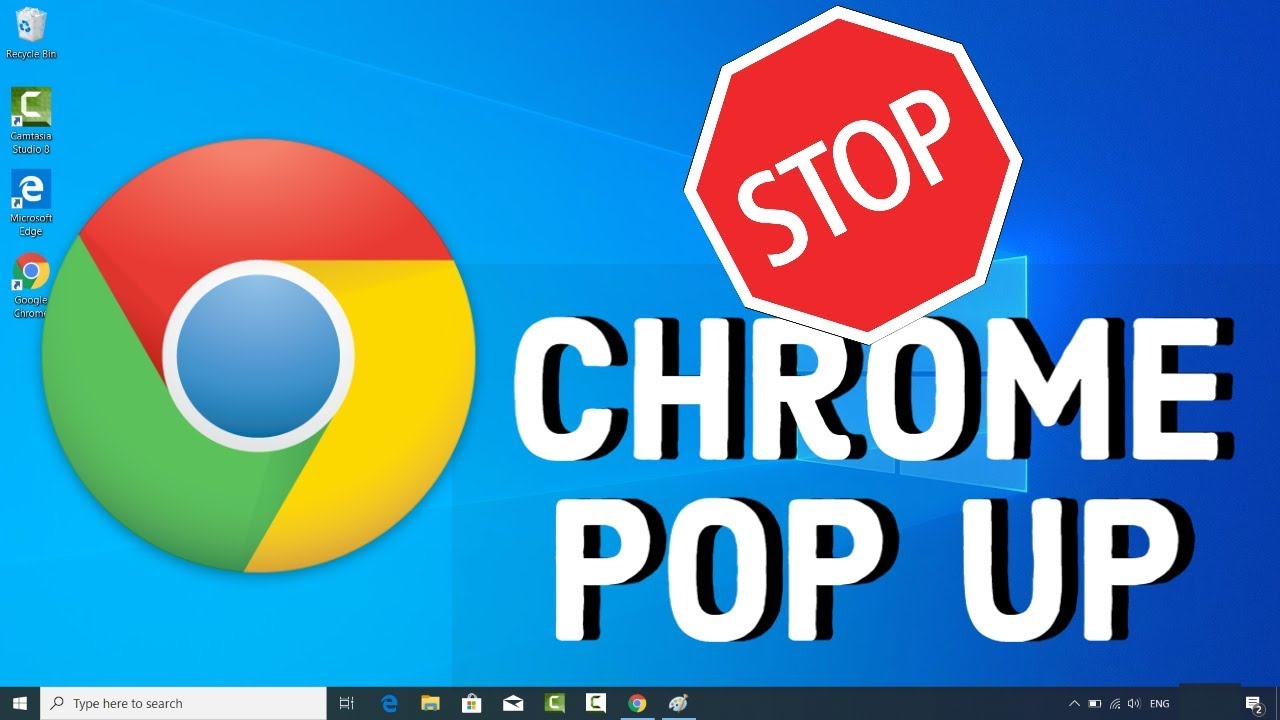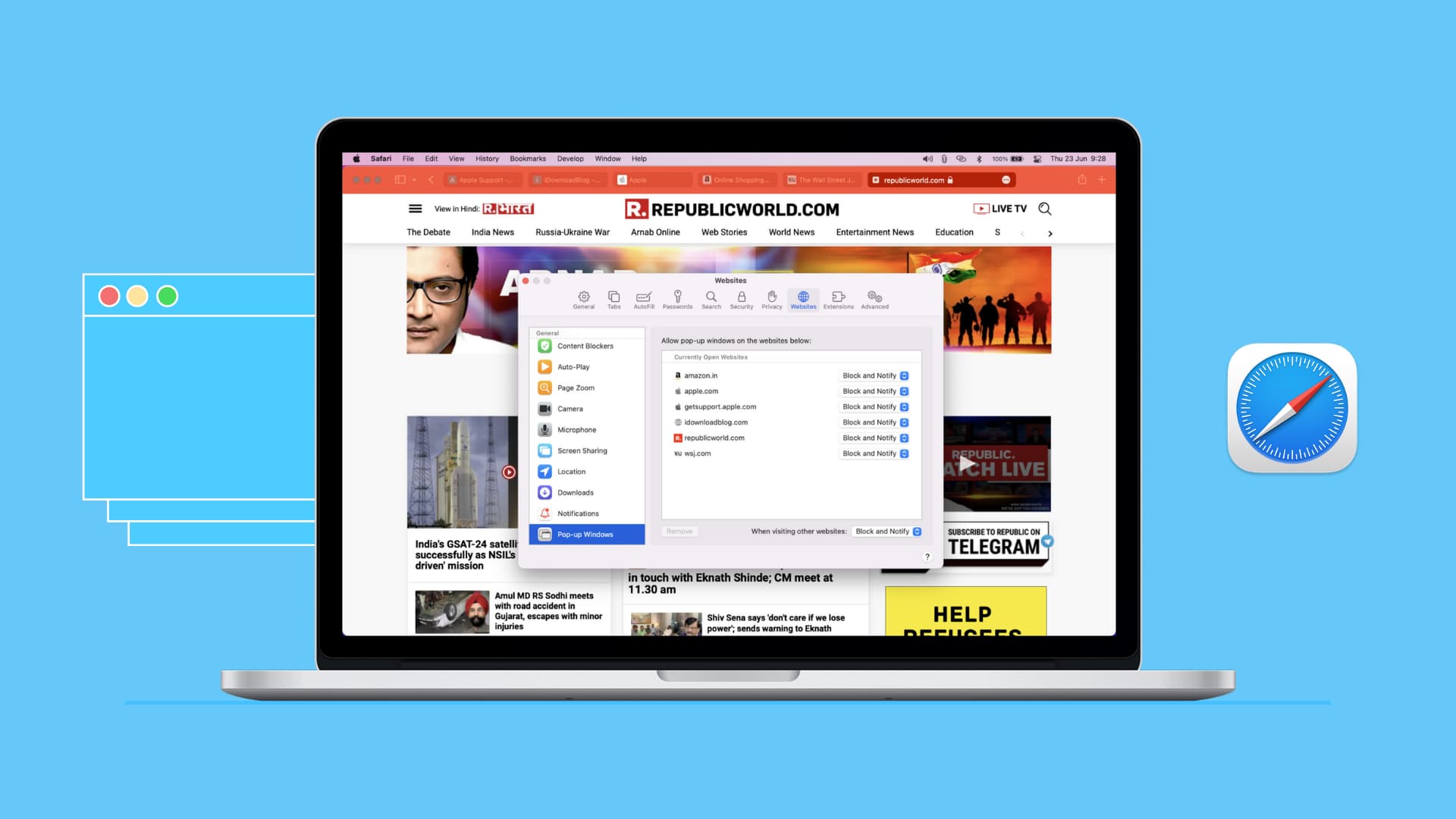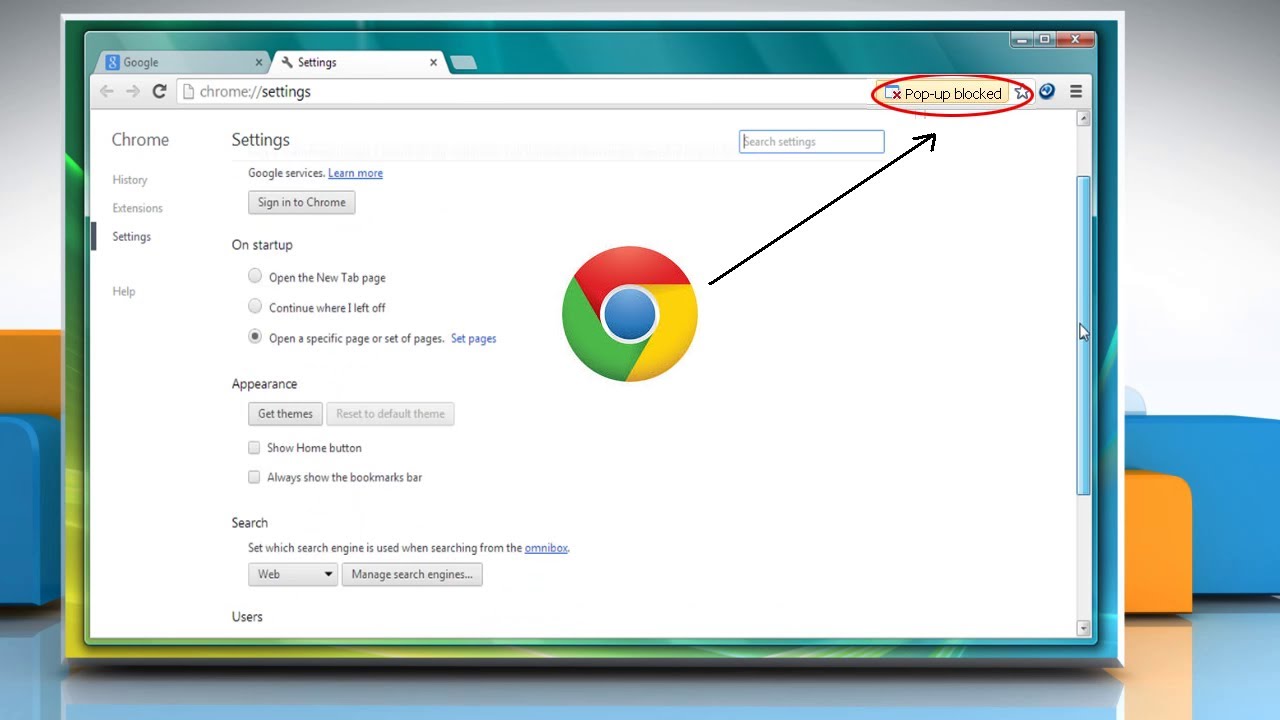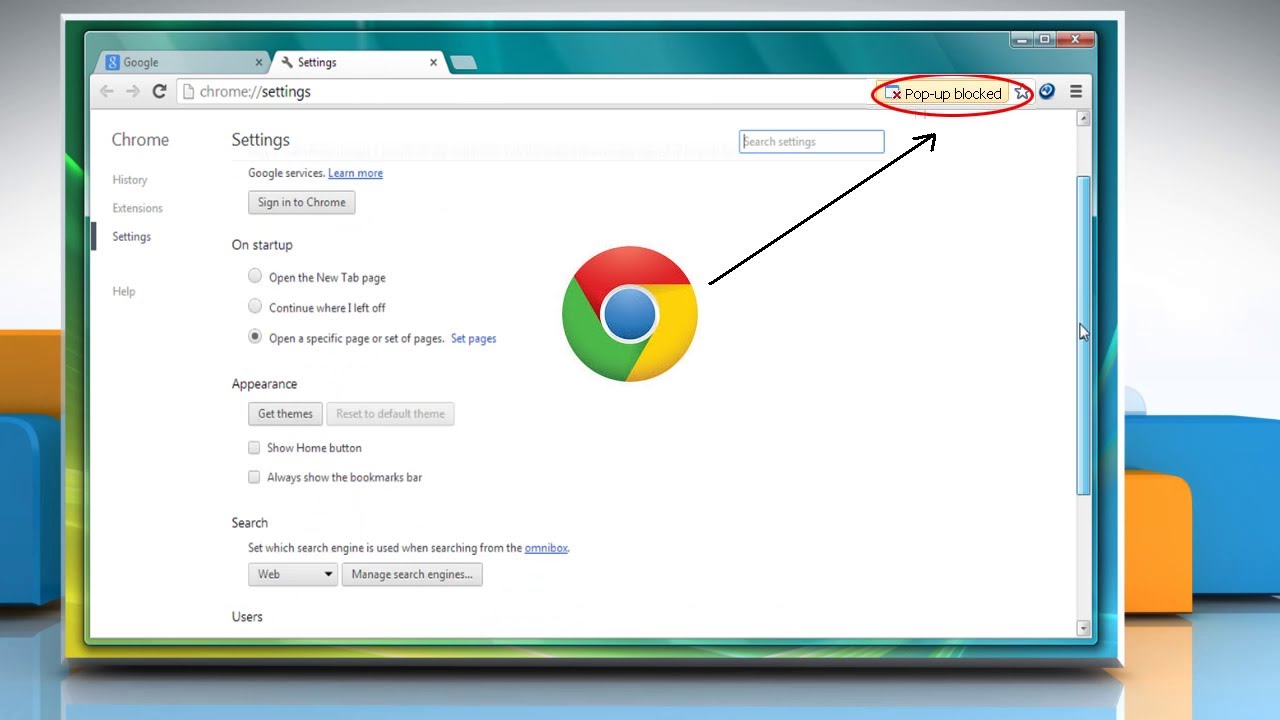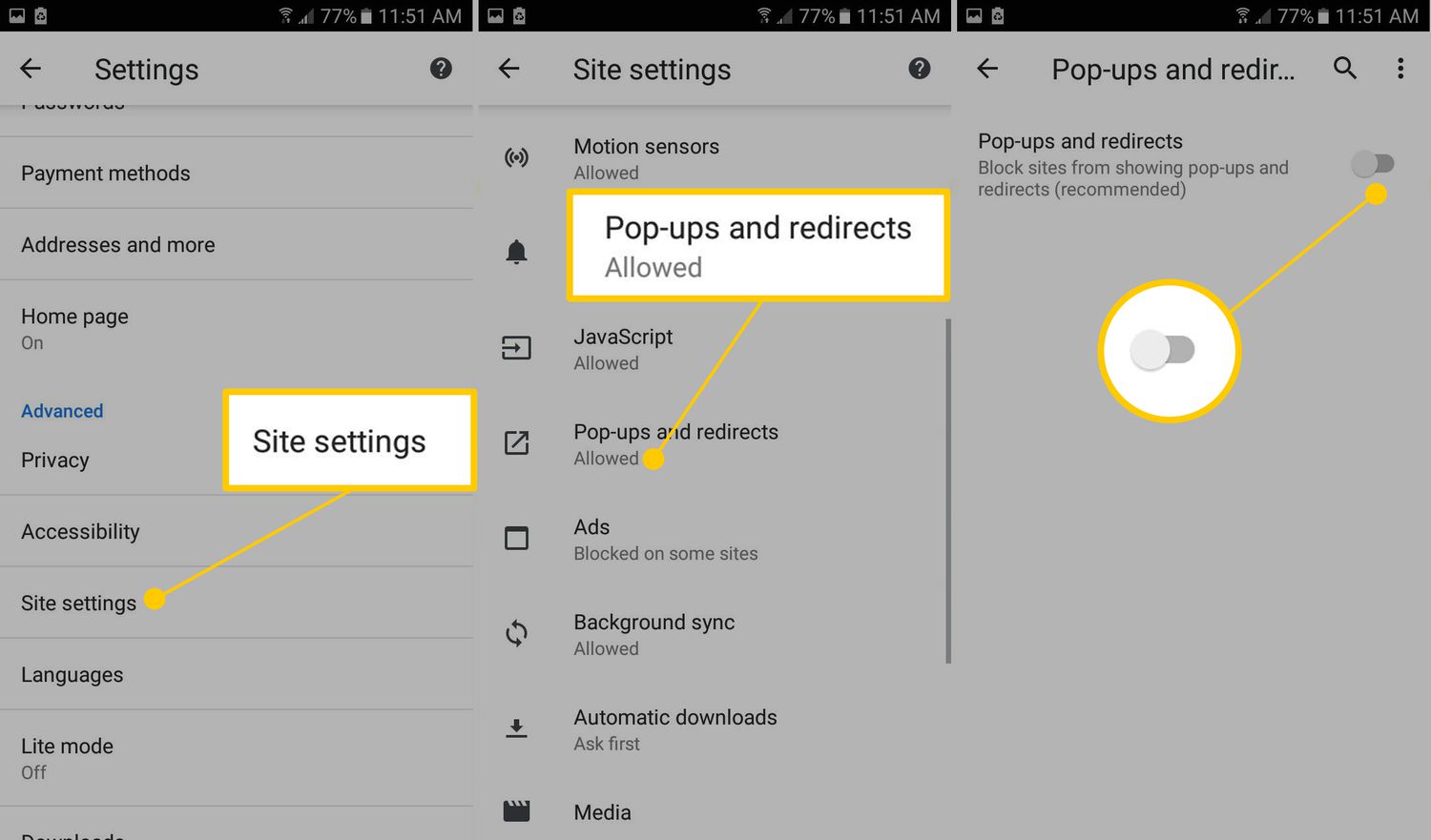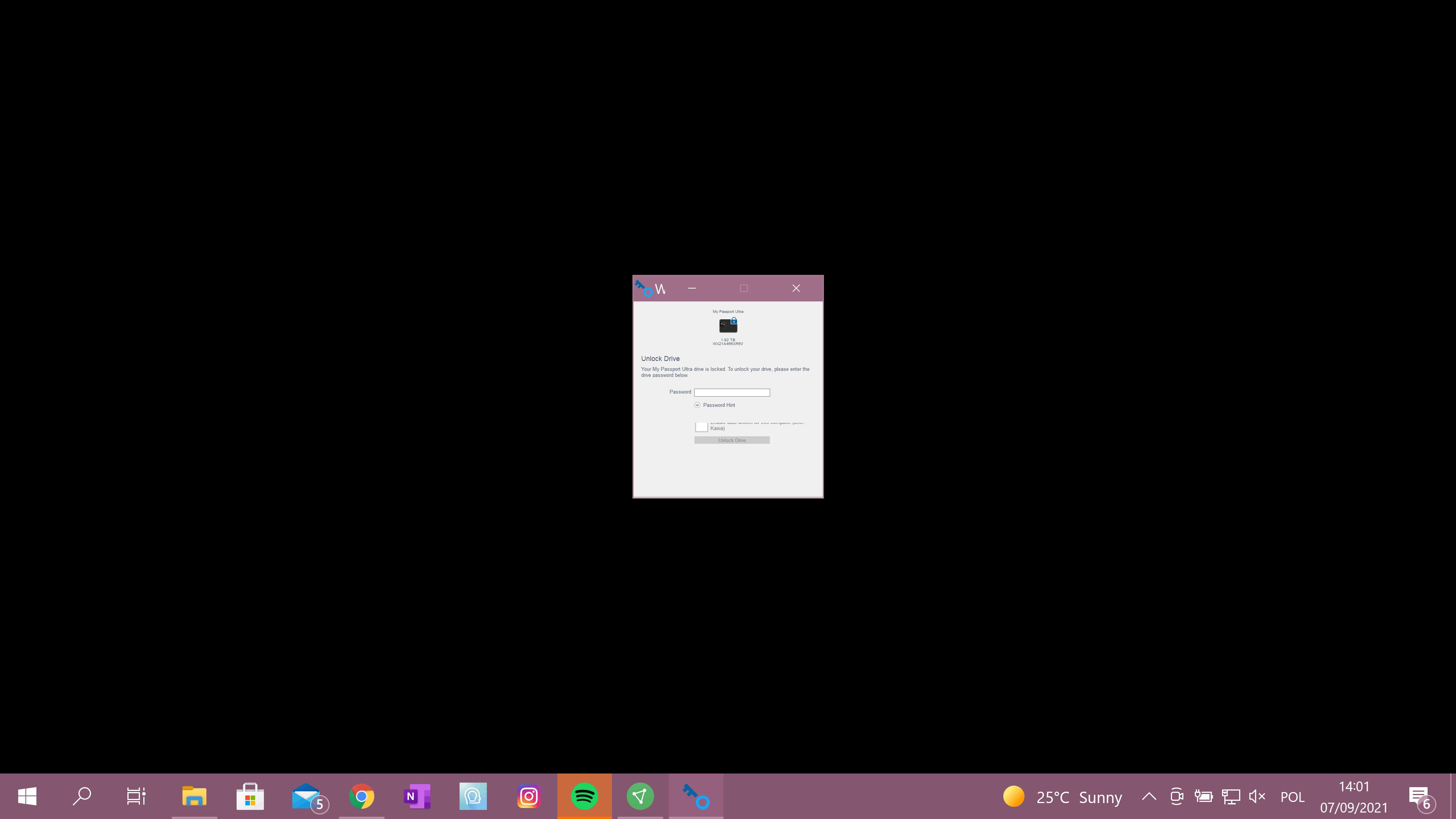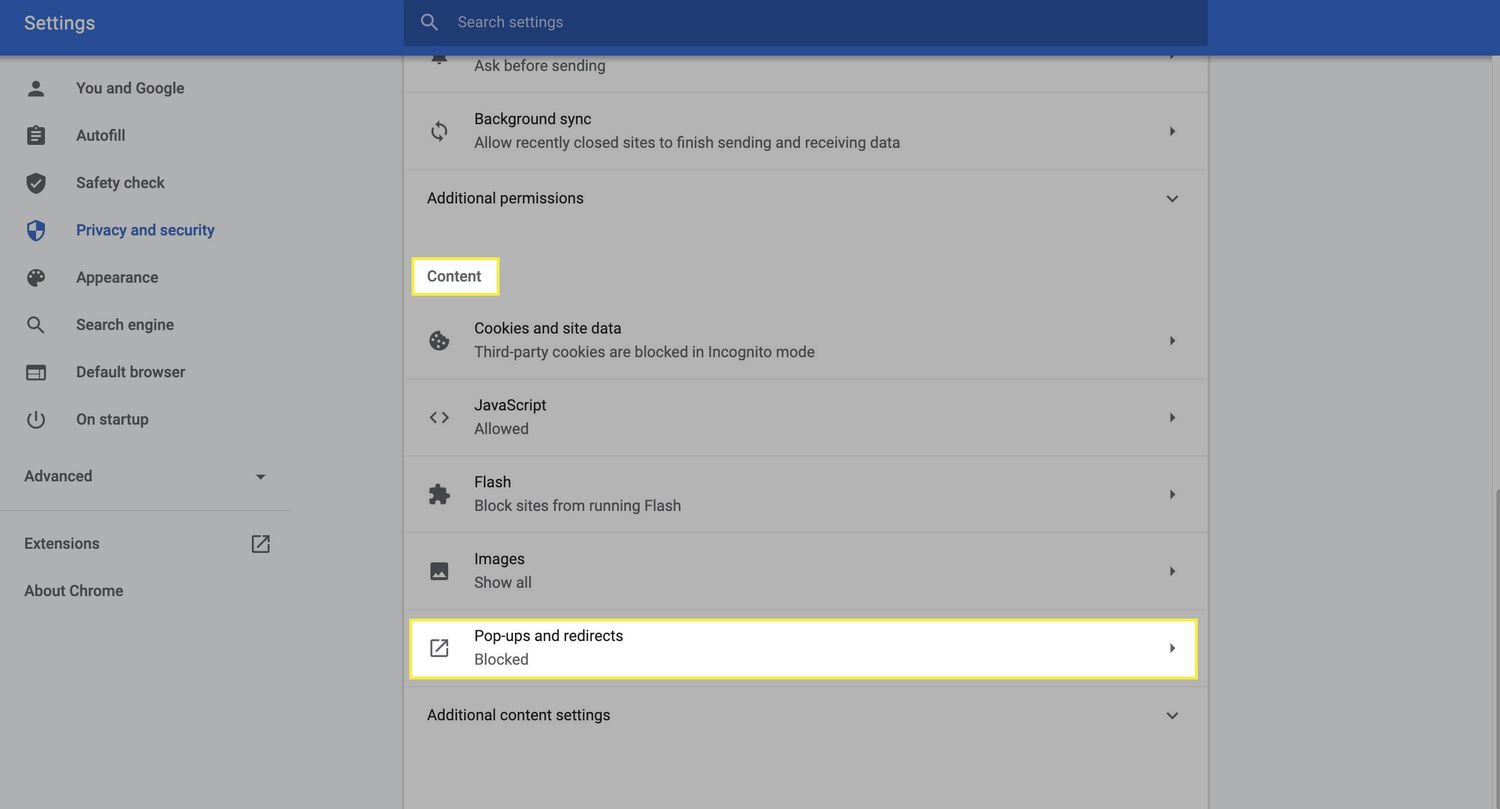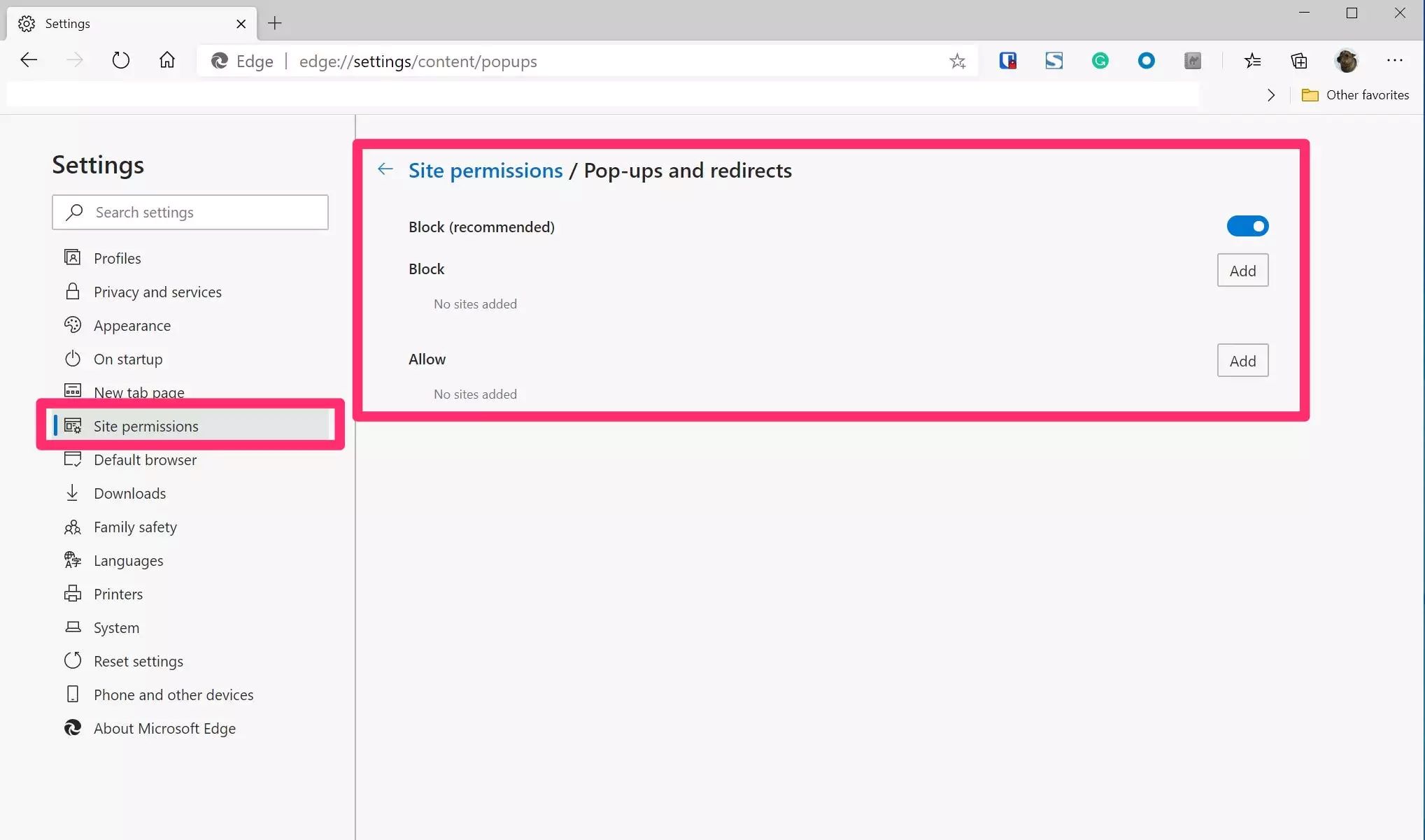What are Pop-Up Ads
Pop-up ads are a common form of online advertising that appear in a new browser window or tab without user interaction. These ads can be intrusive, disrupting the browsing experience and often leading to frustration for users. They are designed to capture attention by displaying promotional content, such as offers, promotions, or subscription prompts.
Pop-up ads can take various forms, including:
-
Pop-Ups: These are windows that appear on top of the current browser window, often obscuring the content beneath.
-
Pop-Unders: These ads open underneath the current browser window and are only visible when the user closes or minimizes the main window.
-
Overlay Ads: These ads cover the content of the current page, requiring users to interact with them before accessing the desired content.
Pop-up ads are typically used by advertisers to increase visibility and drive user engagement with their products or services. While they can be an effective marketing tool when used appropriately, excessive or intrusive pop-up ads can lead to a negative user experience.
In recent years, web browsers and search engines have taken steps to mitigate the impact of pop-up ads by implementing built-in pop-up blockers. These blockers aim to reduce the prevalence of intrusive ads and improve the overall browsing experience for users.
Understanding the nature of pop-up ads is essential for users to navigate the online landscape effectively and make informed decisions about managing their browsing experience. By recognizing the characteristics and potential impact of pop-up ads, users can take proactive measures to control their exposure to intrusive advertising while enjoying a more seamless and enjoyable online experience.
Reasons for Getting Pop-Up Ads on Chrome
Pop-up ads can be a persistent nuisance for Chrome users, often disrupting their browsing sessions and causing frustration. Understanding the reasons behind the prevalence of pop-up ads on Chrome can shed light on the underlying factors contributing to this issue. Several key reasons can explain why users encounter pop-up ads while using the Chrome browser:
-
Malicious Websites and Downloads: Visiting malicious websites or downloading files from untrustworthy sources can expose users to pop-up ads. These websites may contain intrusive scripts or adware designed to generate pop-up ads, often without the user's consent. Clicking on deceptive links or downloading suspicious content can inadvertently trigger the display of pop-up ads, compromising the user's browsing experience.
-
Adware and Potentially Unwanted Programs (PUPs): Users may inadvertently install adware or potentially unwanted programs while downloading software or browser extensions. These unwanted software components can inject pop-up ads into the browsing experience, often leading to a barrage of intrusive advertisements. Adware and PUPs are known to alter browser settings and behavior, including the unauthorized display of pop-up ads, thereby disrupting the user's online activities.
-
Cookie-Based Tracking and Behavioral Targeting: Advertisers and third-party tracking entities may employ cookie-based tracking and behavioral targeting techniques to deliver personalized pop-up ads to Chrome users. By monitoring users' online behavior and preferences, these entities can serve targeted pop-up ads based on the user's browsing history and interests. While personalized advertising can be relevant to users, it can also contribute to the proliferation of pop-up ads within the Chrome browser.
-
Outdated Browser Settings and Security Vulnerabilities: Outdated browser settings or security vulnerabilities in Chrome can create opportunities for pop-up ads to infiltrate the browsing experience. Exploiting weaknesses in the browser's security infrastructure, malicious actors may deploy techniques to bypass pop-up blockers and display intrusive ads. Additionally, outdated browser settings may fail to effectively block pop-up ads, leaving users susceptible to unwanted advertising content.
-
Clickjacking and Social Engineering Tactics: Clickjacking, also known as UI redress attack, and social engineering tactics can be employed to deceive users into clicking on hidden or disguised elements that trigger pop-up ads. Malicious actors may manipulate the user interface of legitimate websites to trick users into unintentionally interacting with hidden elements, leading to the display of pop-up ads. These deceptive techniques can exploit user trust and familiarity with familiar websites, contributing to the prevalence of pop-up ads on Chrome.
By recognizing these underlying reasons for encountering pop-up ads on Chrome, users can take proactive measures to mitigate the impact of intrusive advertising and enhance their browsing security and privacy. Implementing effective strategies to address these factors can contribute to a more seamless and enjoyable browsing experience while using the Chrome browser.
How to Stop Pop-Up Ads on Chrome
Addressing the prevalence of pop-up ads on Chrome requires proactive measures to enhance browsing security and privacy. By implementing effective strategies, users can mitigate the impact of intrusive advertising and enjoy a more seamless online experience. Here are several actionable steps to stop pop-up ads on Chrome:
-
Enable Chrome's Built-in Pop-Up Blocker: Chrome comes equipped with a built-in pop-up blocker that can effectively suppress intrusive pop-up ads. Users can ensure that this feature is enabled by accessing Chrome's settings. By navigating to the "Settings" menu, selecting "Privacy and security," and then clicking on "Site settings," users can locate the "Pop-ups and redirects" option. Here, they can verify that the toggle switch is set to block pop-ups, thereby preventing unwanted ads from disrupting their browsing sessions.
-
Install Ad Blocking Extensions: Leveraging ad blocking extensions can significantly reduce the occurrence of pop-up ads on Chrome. Popular extensions such as AdBlock Plus, uBlock Origin, and AdGuard offer comprehensive ad blocking capabilities, effectively filtering out intrusive ads across websites. Users can install these extensions from the Chrome Web Store, providing an additional layer of defense against unwanted pop-up ads while browsing.
-
Update Chrome and Extensions: Keeping Chrome and its extensions up to date is crucial for maintaining a secure browsing environment and mitigating the risk of encountering pop-up ads. Regular updates often include security patches and enhancements that address vulnerabilities exploited by malicious actors to deliver intrusive ads. By ensuring that Chrome and its extensions are running the latest versions, users can bolster their defenses against pop-up ads and potential security threats.
-
Scan for Adware and Malware: Conducting regular scans for adware and malware can help identify and remove unwanted software components that contribute to the display of pop-up ads. Utilizing reputable antivirus and anti-malware tools, such as Malwarebytes or Windows Defender, users can perform thorough scans of their systems to detect and eliminate adware and potentially unwanted programs. By eradicating these malicious entities, users can effectively reduce the occurrence of intrusive pop-up ads on Chrome.
-
Adjust Content Settings and Permissions: Chrome's content settings and permissions offer granular control over the display of pop-up ads and other intrusive content. Users can customize these settings by accessing the "Site settings" menu within Chrome's preferences. Here, they can manage permissions related to pop-ups, redirects, and notifications, empowering them to block or allow specific content based on their preferences. By fine-tuning these settings, users can tailor their browsing experience and limit the impact of pop-up ads.
By implementing these proactive measures, users can effectively stop pop-up ads on Chrome and cultivate a more secure and enjoyable browsing environment. Taking a proactive stance against intrusive advertising empowers users to reclaim control over their online experience, fostering a more seamless and uninterrupted interaction with the web.







